Interactive Content - Types and Design Principles
The world is changing, and that’s certainly true of how we consume content online too.
In the past, it was possible to create a successful and effective content strategy that was largely static. Today, that’s no longer the case and something more is generally expected by the audience. It doesn’t matter how important or impactful your message is if no one is even listening to it.
That’s why the vessel through which you deliver your content is so important. If you keep it static, people won’t consume it and your engagement will suffer.
That’s where interactive content steps in.
To Make Content That Is Bingeable And Not Boring
Visitors to your website or your audiences on social media need something to consume and engage with directly. It delivers an experience that static content simply can’t. Interactive content is not only more engaging but more fun and less like hard work for your audience.
What Is Interactive Content?
Interactive content is any type of content that demands the audience member’s participation in order for them to engage. It might involve clicking and scrolling to explore an infographic and reveal different data points.
It might involve answering questions or completing a quiz to reach an answer or end goal. Interactive content can take many forms, but it’s engaging precisely because it requires participation rather than passively reading.
With static content, there’s no participation on the part of the reader or viewer.
They simply consume it and don’t have to play any part in the content that’s in front of them.
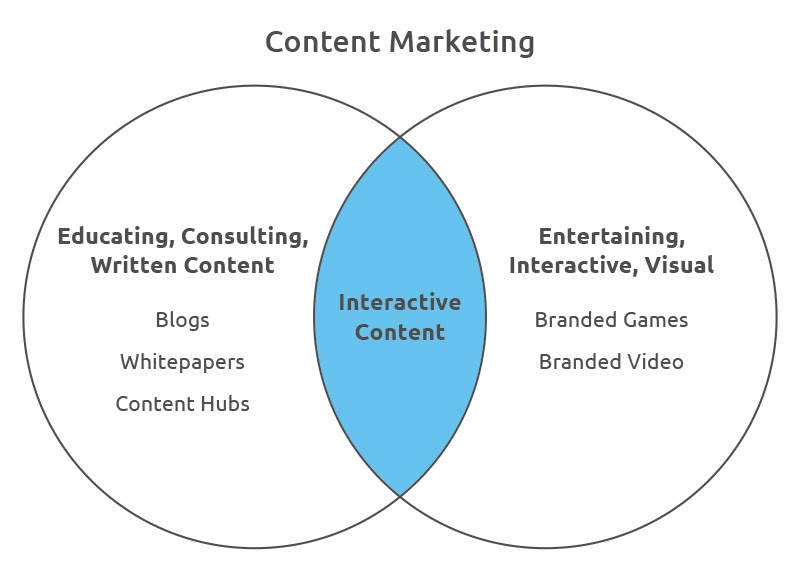
Image Courtesy of Convince and Convert
So why is it better than static content? Well, to put it simply, audiences prefer it and are more willing to engage with it. One study found that 91% of people said they find interactive and visual content more appealing than static content.
The interactive experience demands something and gives the user something to do. They feel invested in what they’re consuming because they’re participating and exploring at their own pace. It essentially puts them in control and provides a positive content experience they might not receive somewhere else.
That’s vital in a competitive landscape in which you’re fighting for people’s attention. If they can get an experience from your content that they’re not getting elsewhere, you’ll win that contest.
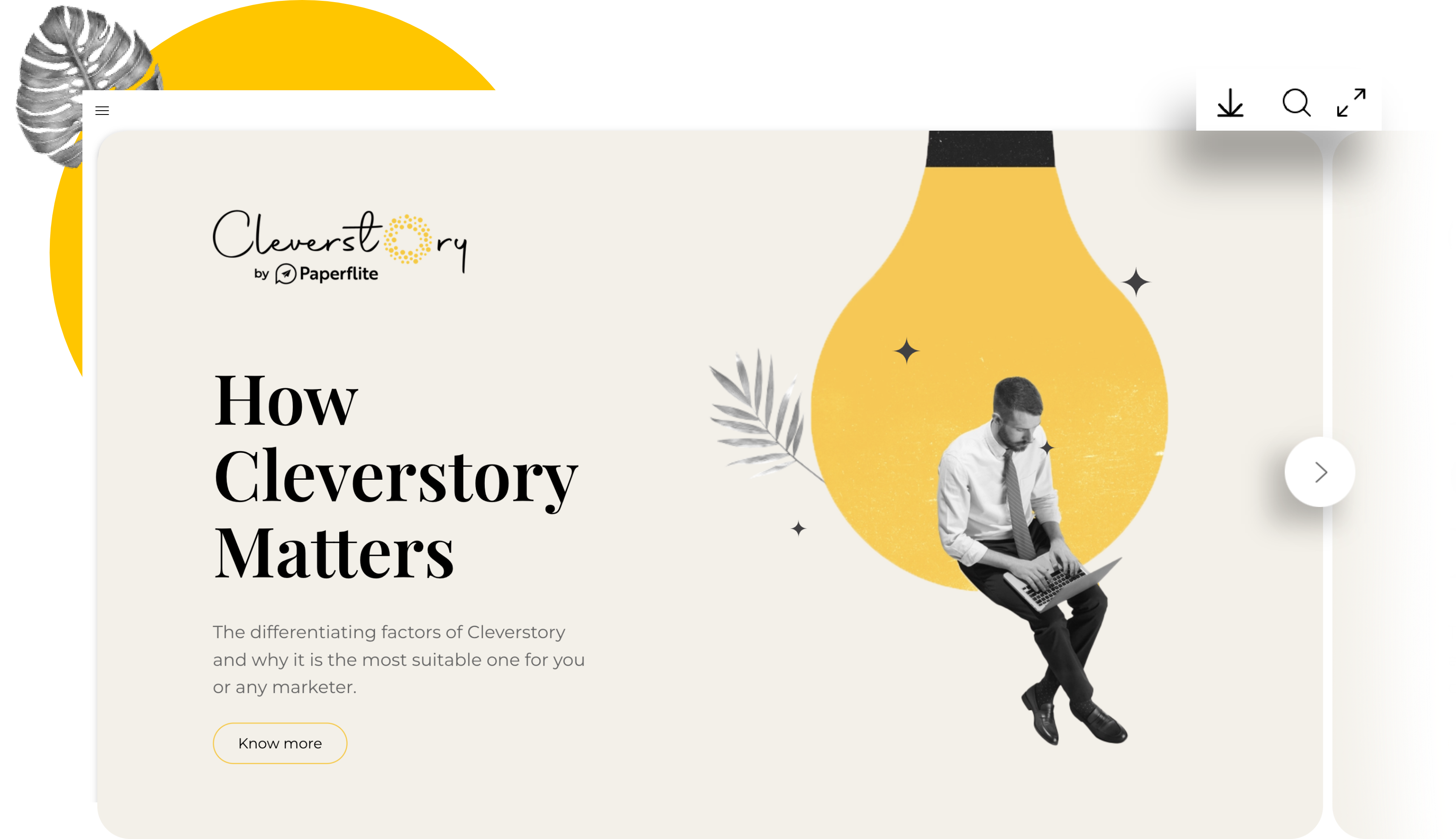
What is Dynamic Content?
Dynamic content can be used alongside interactive content, and there can be significant overlap here too. Dynamic content is content that’s always updating and refreshing or changes depending on the input of the user.
For example, a social media timeline is always updating, a news site is posting fresh news as it breaks. Even a website that has a login function will display differently depending on whether the user is logged in or not.
It’s useful because it keeps things relevant for your audience and offers them something fresh, interesting, and relevant.

Image Courtesy of Sephora
Dynamic content can be paired with interactive content to deliver maximum relevance to the end-user and drive engagement. You can create content that’s dynamic and relevant, while also nudging participation and engagement through content that’s interactive.
The Audience-First Approach for Maximum Engagement
If you take a step back and ask yourself what your content is all about and what it’s for, you’ll find that it’s to engage your target audience in some way. And your content strategy needs to reflect that.
Want To Know Who Is Viewing Your Content And When
The specifics might change depending on your business and your aims, but, fundamentally, it’s about engaging the right people.
That’s why an audience-first approach matters and makes sense in the vast majority of cases. Good content is always created with the audience in mind. You want to create something that works for them and that offers them what they’re looking for. As such, interactive content very naturally functions as part of an audience-first approach.
Interactive content engenders deeper connections with your audience and engages them directly in a way that static content can’t.
The content you produce will be easier to access and use when it’s interactive. A solid block of text can be daunting or boring to some. But with interactive elements, people are drawn in and given an experience they won’t forget.
Types of Interactive Content that Boost Impact
Memorability is what those experiences are all about.
When people remember the experiences they have with your brand and your content, they’ll feel more connected to your brand. Those moments stick out and keep people coming back. No one stays loyal to a brand whose online content bores them stiff.
Interactive content addresses that problem and creates a level of connection that would otherwise be impossible to achieve through content alone. Storytelling in design is a vital part of it.
It works because we all crave a connection and a degree of involvement in the way we interact with brands online.
When there’s involvement, there’s more meaning and the entire experience feels much more authentic and purposeful.
When customers are interacting with your content, they’ll also be giving your data and information about their preferences that you can then use. You can retrieve that data and use it to understand your audience better and improve your products or services accordingly.
There are many different examples of content that offer a more interactive experience. We’ve discussed the impact above, and here are some examples of content that harness that impact well.
1.Quizzes

Courtesy of BuzzFeed
Quizzes can be a lot of fun and they drive interaction because people enjoy testing themselves. It could be a quiz that tests the user and challenges them to hit a high score. Or even be something like a personality score that outputs a verdict depending on the answers that are input.
2. Surveys and Polls
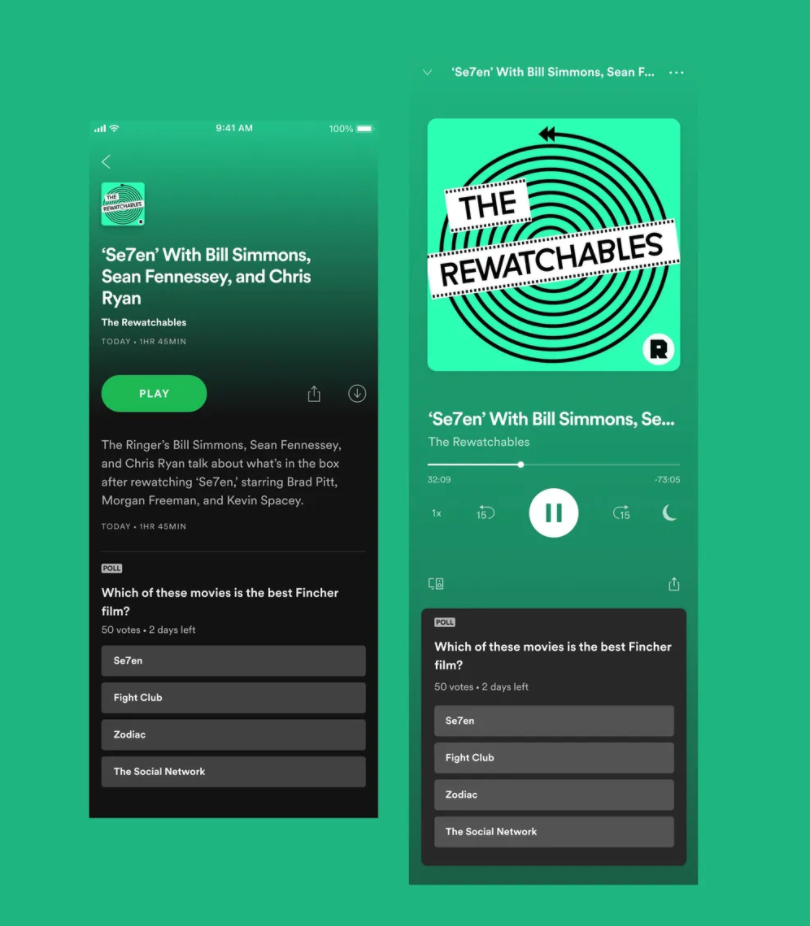
Image Courtesy of The Verge
Surveys and polls are also a good way to engage people and have them express themselves to you directly. And these options also offer you the best way to find out useful information and insights regarding your audience.
You can use surveys and polls to ask customers which of your products are their favorite or to just get an idea of their taste.
3. Buttons

Image Courtesy of Vectornator
Something as simple as a button that encourages the user to click it and move through a portal or to click through to another page can be highly effective. You’re pushing the user towards making a concerted decision to follow a path towards a sale.
Buttons can be used to guide customers through your website, encourage them to make purchases, or even subscribe to an email list.
4. Downloadables

Report courtesy of Outfunnel
In order for a user to download something from you, they need to click a button, download it and make all of that happen themselves. This is a form of interaction and it shows engagement. Downloadables can include things like ebooks and reports.
5. Games

Image Courtesy of Awwwards
Games can come in all shapes and sizes. You can gamify your website and add interactive elements in some way to make it more interesting and entertaining to interact with. Or you can create a game that drives engagement and promotes your products or services at the same time.
6. Webinars
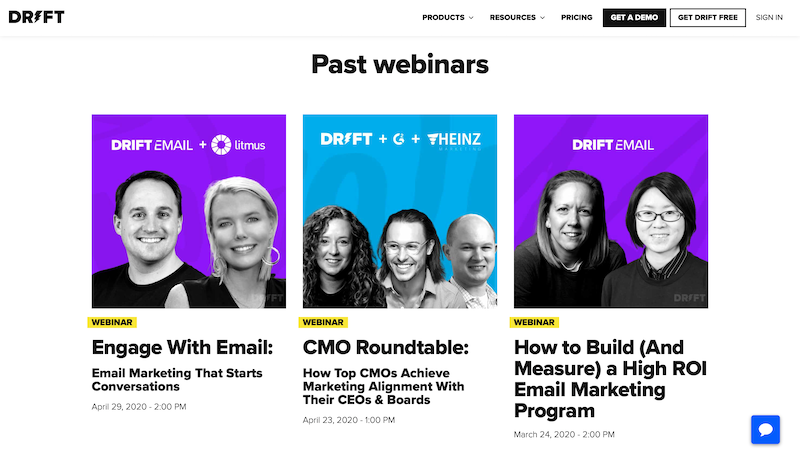
Image Courtesy of Drift
Webinars are fun for your audience because it gives them a chance to learn and benefit from educational content, while also getting the chance to participate.
They’re on a live call with you and can participate by asking questions and getting involved. You can charge for these webinars and use them to make revenue or hold free webinars to build trust and engage with your audience.
7. Infographics
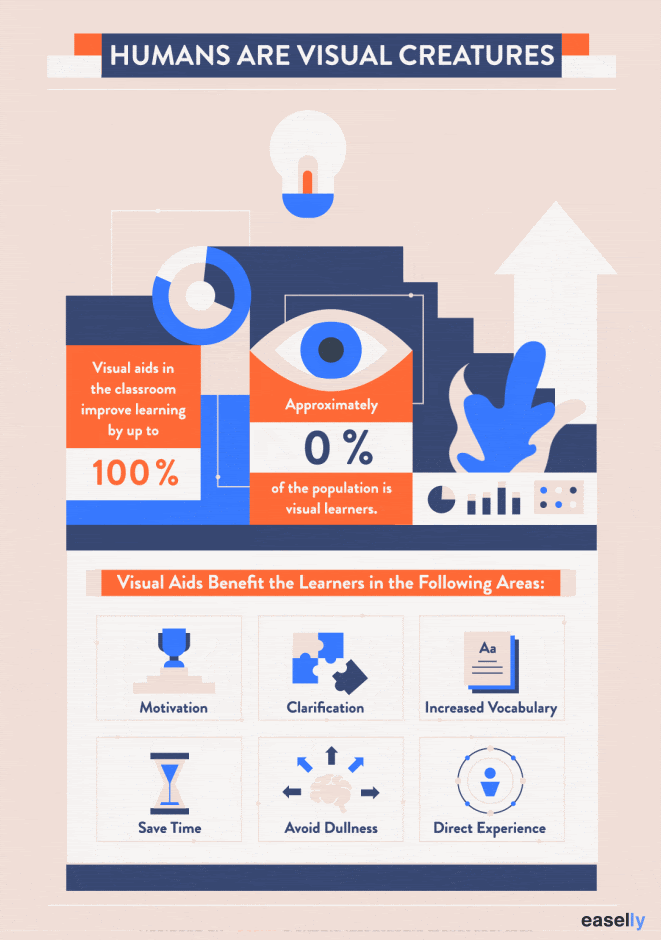
Image Courtesy of Easel.ly
We’ve all seen infographics, but these days, the best and most effective infographics are interactive ones.
Interactive infographics allow the user to click, scroll and explore the parts of the data and information that they find most interesting or want to find out more about. You can use these infographics to inform, convince, or entertain your audience.
8. Video
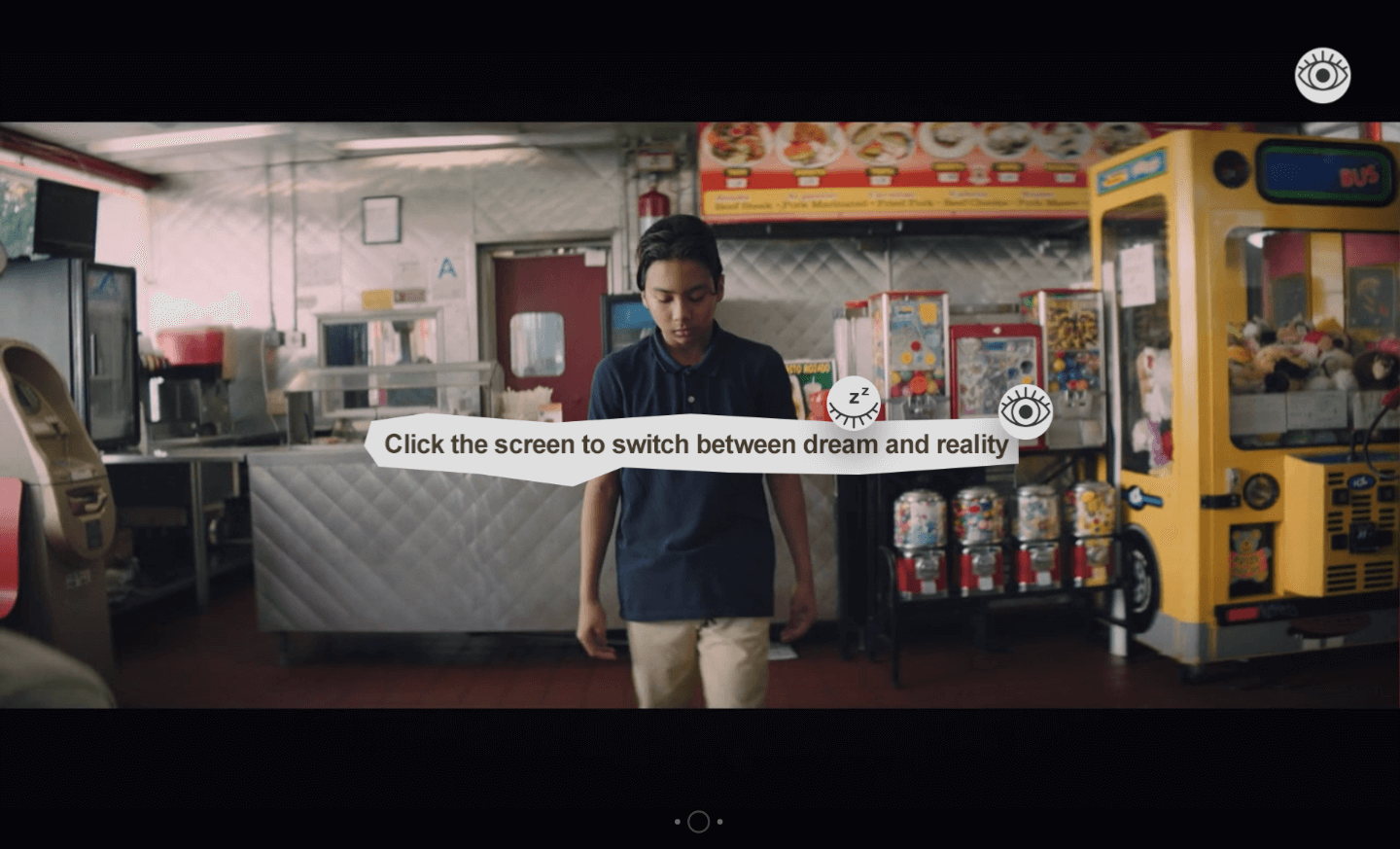
Image Courtesy of HubSpot
Video content is engaging, but it can be made more so with the use of interactive elements. For example, you can use choice to branch the video off in different directions, forcing the user to make a decision and click one of the numerous options in order to progress.
The Top 5 Design Principles for Creating Interactive Content
Now that we’ve covered the basics of interactive content and its importance in engaging modern audiences, we’ll now look at the top design principles that apply to it. Creating interactive content is easier said than done. So if you’re not sure what this kind of content should look like or which properties it should possess, read on and find out more.
1. Movement
Movement is one of the most important design principles when it comes to making interactive content that truly engages people. Offering visual movement in the form of animations and video content is obviously more engaging than static content.
Using visuals in your marketing is the same as allowing your customers to watch a movie instead of reading a book. They’ll find it more fun and interactive, and more more likely to engage.
You can make your content even more engaging with the use of user input. Infographics that move and put the user in the driver’s seat are the perfect example of this.
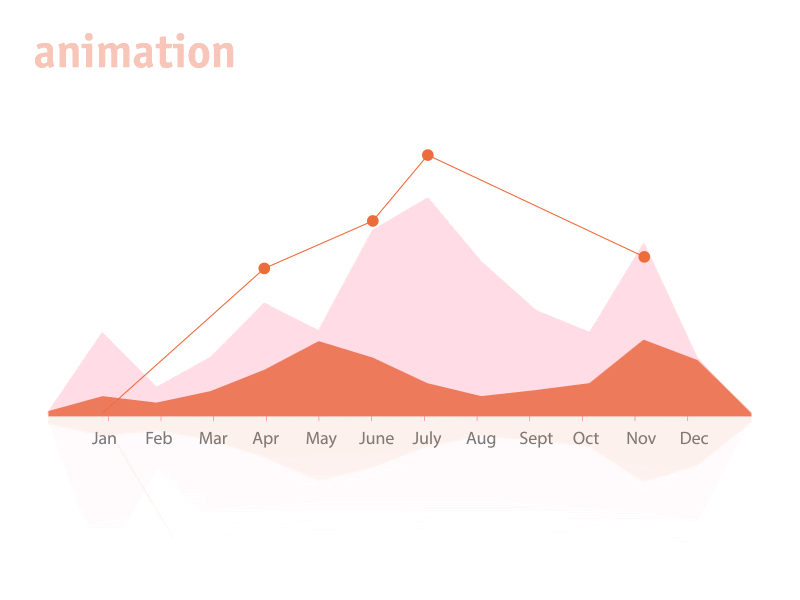
They force the user to engage with the movement of the graphic in order to uncover the information and/or data. This is where interactive content begins and how it’s primarily differentiated from static content. There are many ways to explore the use of movement and to get creative with it.
2. Characters
There are many ways in which characters can be used in the creation of interactive content. When users see a character that they can identify with, for example, that’s one way of driving engagement and interaction.
The use of established characters in the creation of interactive content can also be a lot of fun too.
For example, quizzes that output a verdict at the end tend to gain higher engagement when they have a theme such as ‘Which Harry Potter Character Are You?’ It’s clear that creating or using existing characters that your target audience identifies with in some way is a good method for boosting interactions.

Image Courtesy of Salesforce
3. Consistency

Image courtesy of LaceyTechSolutions
Consistency in design will encourage users to recognize your work and can help you establish your brand. Usability metrics improve when similar design elements are used across the board. Using consistency in your designs will take out some of the effort users have to put into digesting design and content.
Humans like patterns and consistency and tend to seek them out subconsciously. You can use this psychological phenomenon to improve your designs' readability. Whether it's similar color schemes or repetitive shapes and layouts, there are many ways you can create consistency in your designs.
4. Conversation
As well as asking questions, you should make the most of conversation and exchange in general too. This is important because you want this to feel like a genuine two-way street for your audience. You can start a conversation about anything you want and it’s something your audience will appreciate.
After all, who would want to interact with you if they’re not getting any kind of interaction back in return?

Image Courtesy of Killer Visual Strategies
Getting your audience conversing and creating a little back and forth via comments, replies and general interactivity is something that’s really important. Exchanges can take many forms too. For example, if you want to gain more email newsletter subscribers, you can give away a free downloadable in return for signing up to your mailing list.
5. Accessibility
When creating interactive content, it’s really important that user-friendliness and accessibility are two of the things at the top of your list of priorities. An experience won’t ever be positive for the user if the design is clunky or accessibility issues are present.
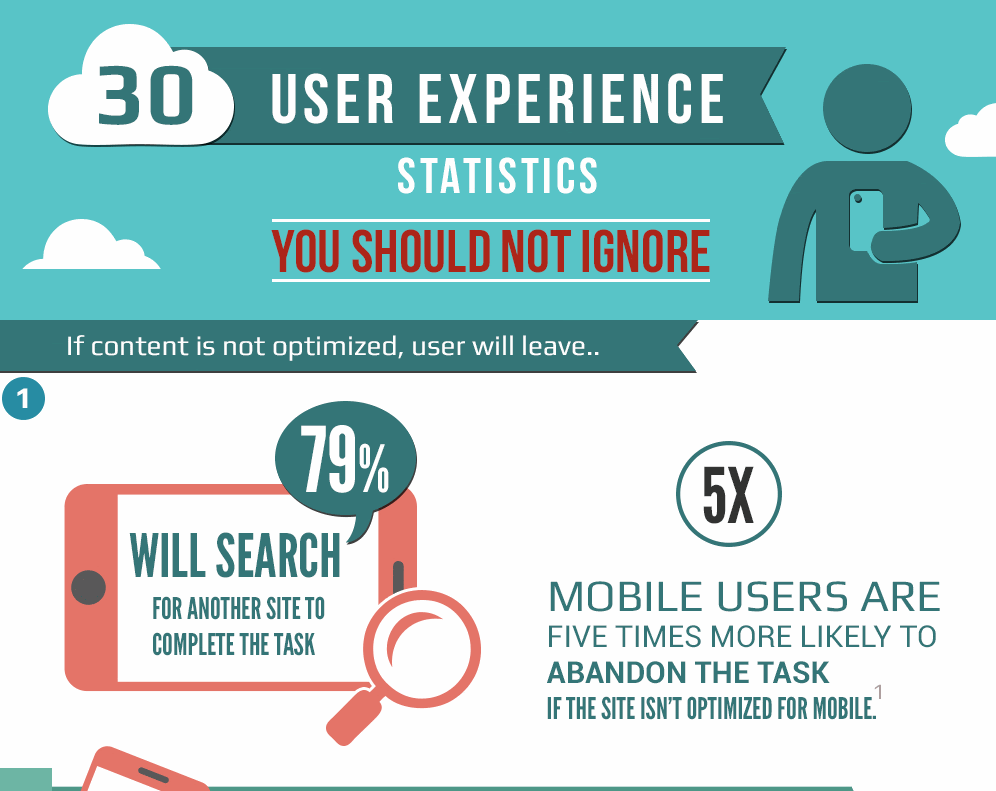
Image Courtesy of Experienced Dynamics
It should be easy and enjoyable for your audience to interact with your content and get something out of it.
Having a website that isn’t functional for your customers is like opening up a restaurant that doesn’t serve food. You’ll lose customers immediately, and they won’t come back. If that’s not happening with your content, it might be time to take things back to the drawing board and look again.
As an example, you’ll want to make sure that your content is presented in an easy-to-view way. The colors need to contrast well, the right fonts and font sizes need to be in place, and you’ll need to create a secure and interactive website that loads fast in order to avoid people leaving before they’ve even engaged with your content.
The Takeaway
Engagement is key, and when it comes to engaging an audience, interactive content is king. Gone are the days when static content might satisfy the user’s needs. Instead, people crave interactivity, and more is required to grab and hold their attention.
Interactive content, when created using these design principles is a powerful content tool. If you want to remain engaging and create content that's successful and relevant to your audience, you need to harness interactive content.
This piece was penned by the incredible team at Marketsplash.
